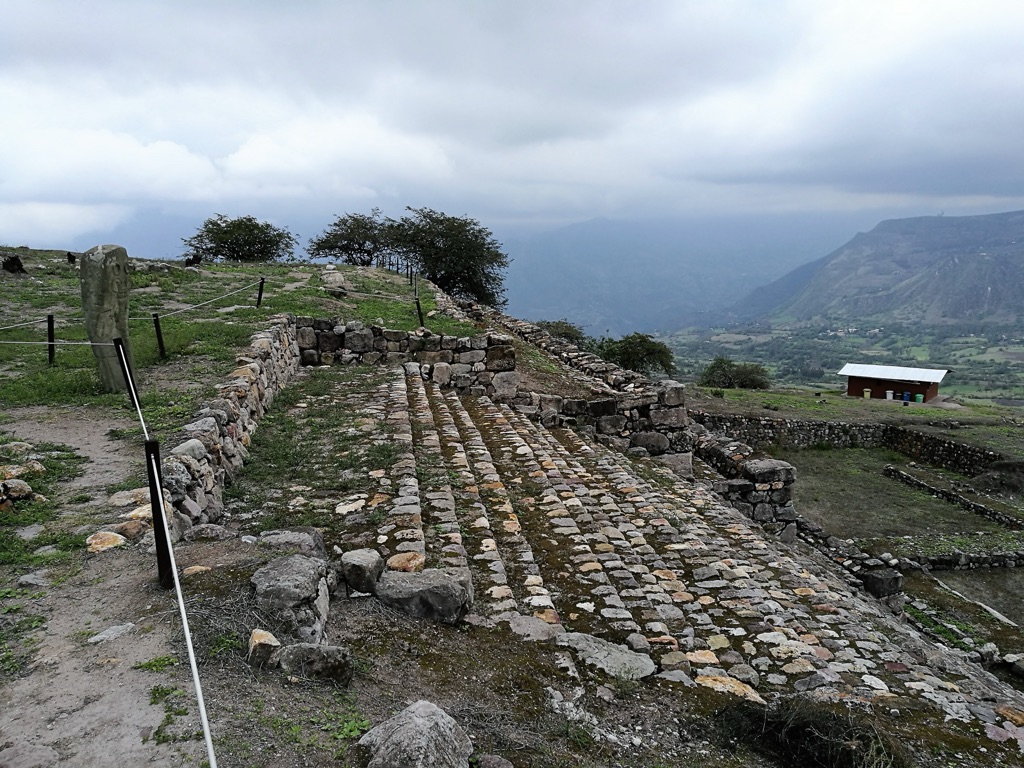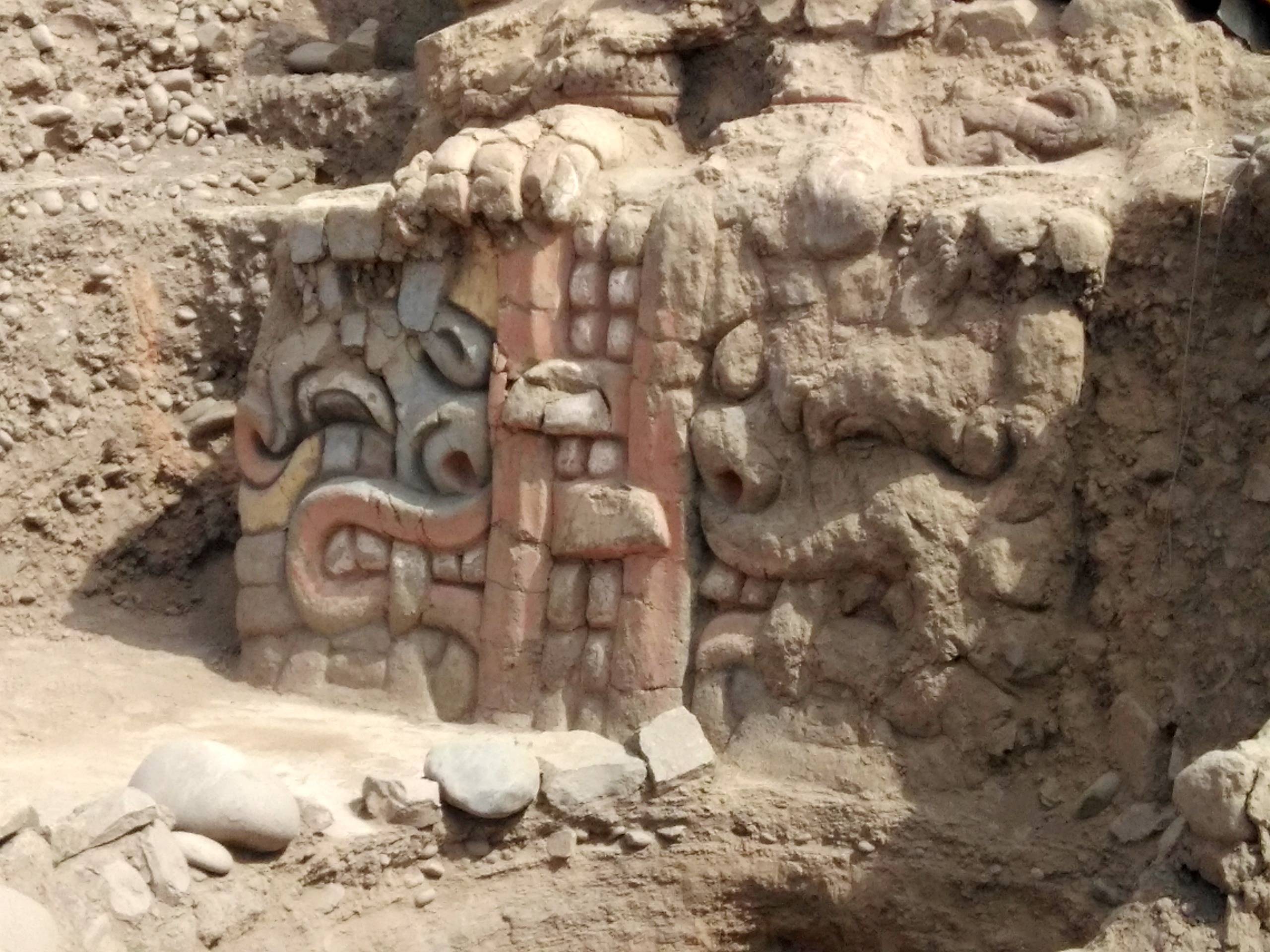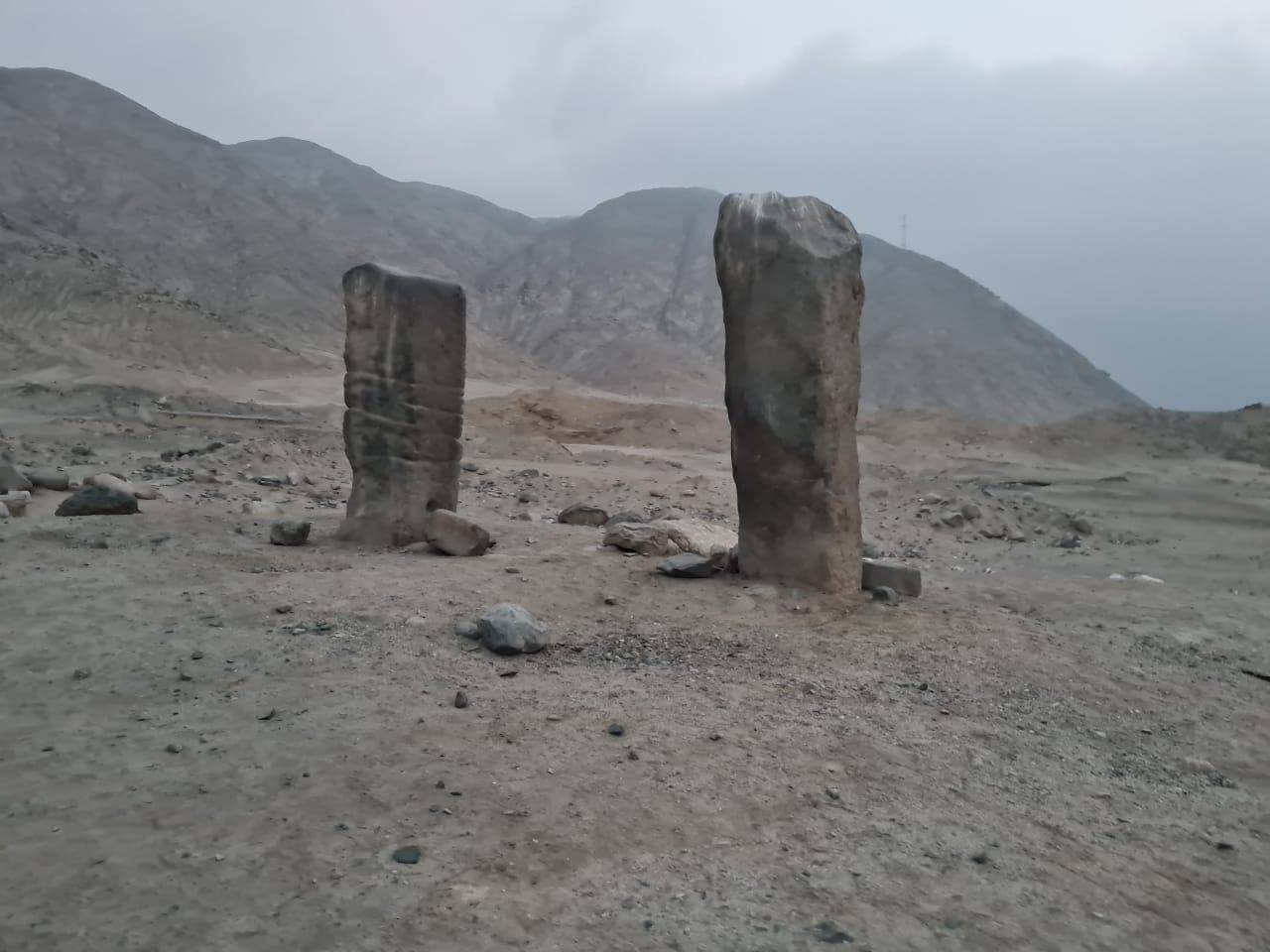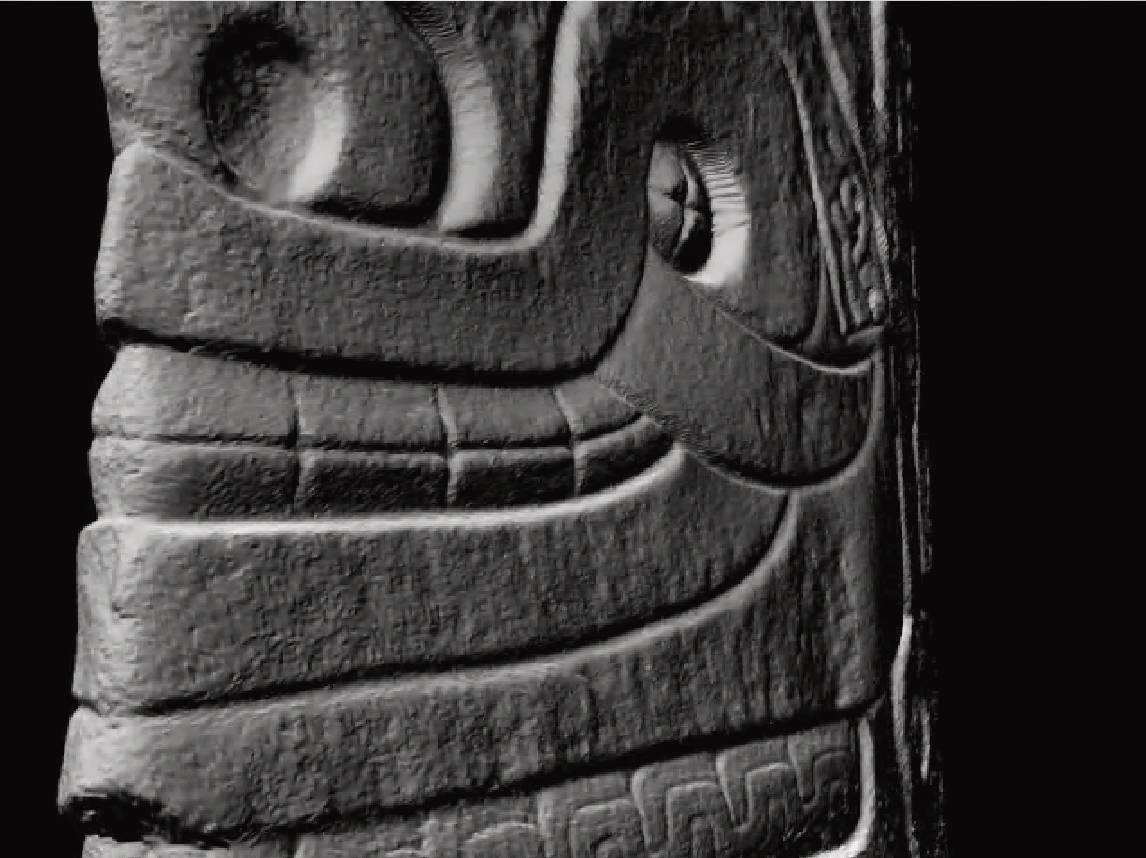The Lanzón Stela stands as a monumental testament to the religious and cultural innovations of the Chavín culture, which emerged as the first significant religious movement in the Andes mountains. This granite stela, erected circa 500 BC during the Early Horizon period of Andean art, is located in the Old Temple of Chavín de Huantar in the central highlands of Peru. The name “Lanzón” derives from the Spanish word for “lance,” referencing the sculpture’s shape, though its form more closely resembles a highland plow, hinting at its possible agrarian worship connections.
Ancient Civilizations
All Ancient Civilizations, Cultures and People

Raimondi Stele
The Raimondi Stele stands as a monumental testament to the religious and artistic practices of the Chavín culture, which thrived in the central Andes of present-day Peru from 1500 BCE to 300 BCE. This period, known as the Early Horizon, was characterized by the widespread influence of Chavín art styles, including the use of anthropomorphic and zoomorphic motifs featuring feline, serpent, and crocodilian creatures. The stele itself, a seven-foot-high polished granite monolith, showcases these artistic choices in its depiction of the Staff God, a central figure in Chavín cosmology.

La Galgada (archaeological site)
La Galgada, an archaeological site in Peru, serves as a significant example of a ceremonial monument within the Kotosh Religious Tradition during the Pre-Ceramic, or Late Archaic period of Andean history. This period, characterized by increasing societal complexity and the construction of monumental ceremonial centers, marks a pivotal era in the development of Andean civilization.

Kuntur Wasi
Kuntur Wasi, translating to “Condor House” in Quechua, stands as a testament to the architectural and cultural achievements of ancient Andean societies. Located in the Northern Mountain Range of Peru, specifically at the headwaters of the Jequetepeque River near the city of Cajamarca and the small town of San Pablo, this site offers invaluable insights into the religious and social practices of its inhabitants, who are believed to have had connections with the Chavín culture.

Garagay
Garagay is an archaeological site of significant importance located in the district of San Martín de Porres, within the city of Lima, Peru. This site, dating back to approximately 1400 BC, represents a key ceremonial center from the Andean Formative era, showcasing the architectural and cultural developments of ancient societies in the region.

Huaricanga
Huaricanga, a small town situated on the border of the departments of Áncash and Lima, 21 kilometers from the city of Paramonga, has recently come into the spotlight for its archaeological significance. This town, primarily known for its agricultural activities supported by the Fortaleza River and an irrigation canal, harbors a rich history that dates back over 5,000 years.

